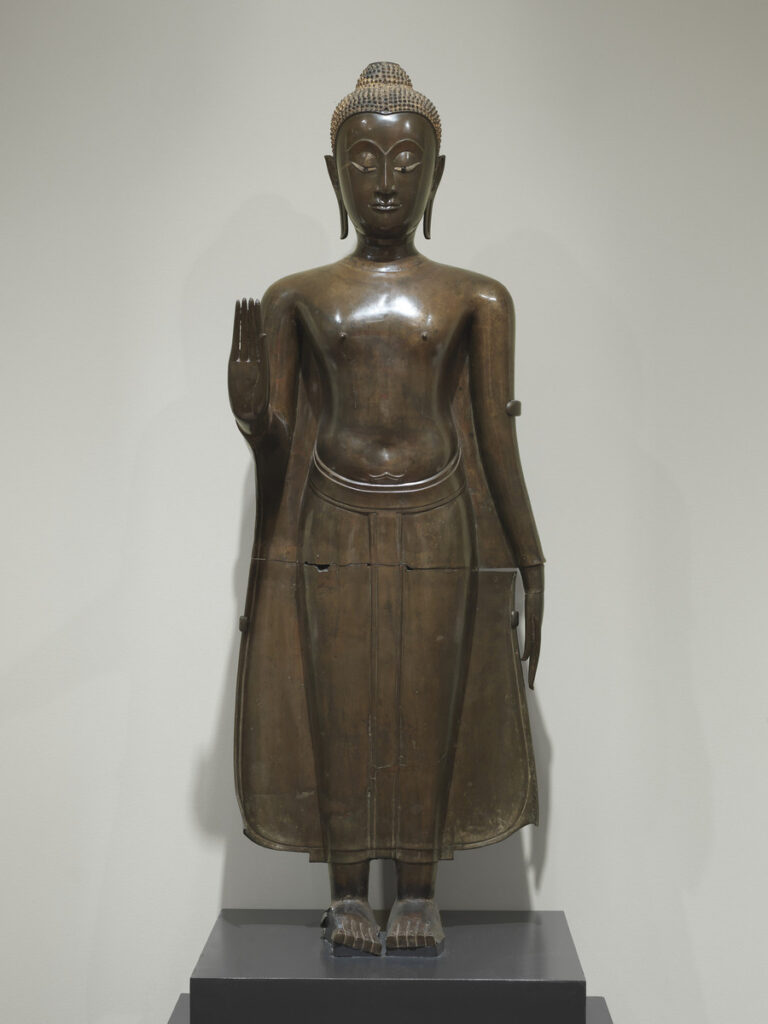On View
Unknown
Thai
Place made: Asia; Ayutthaya Kingdom (Thailand); Sukhothai Province; Sawankhalok
Standing Buddha, 15th-16th century (Ayutthaya Period, 1351-1767)
Overall: 57 1/2 in x 19 1/2 in x 14 1/4 in; 146.1 cm x 49.5 cm x 36.2 cm
Gift of the Arthur M. Sackler Foundation
MH 2012.40.1

 GIVE
GIVE